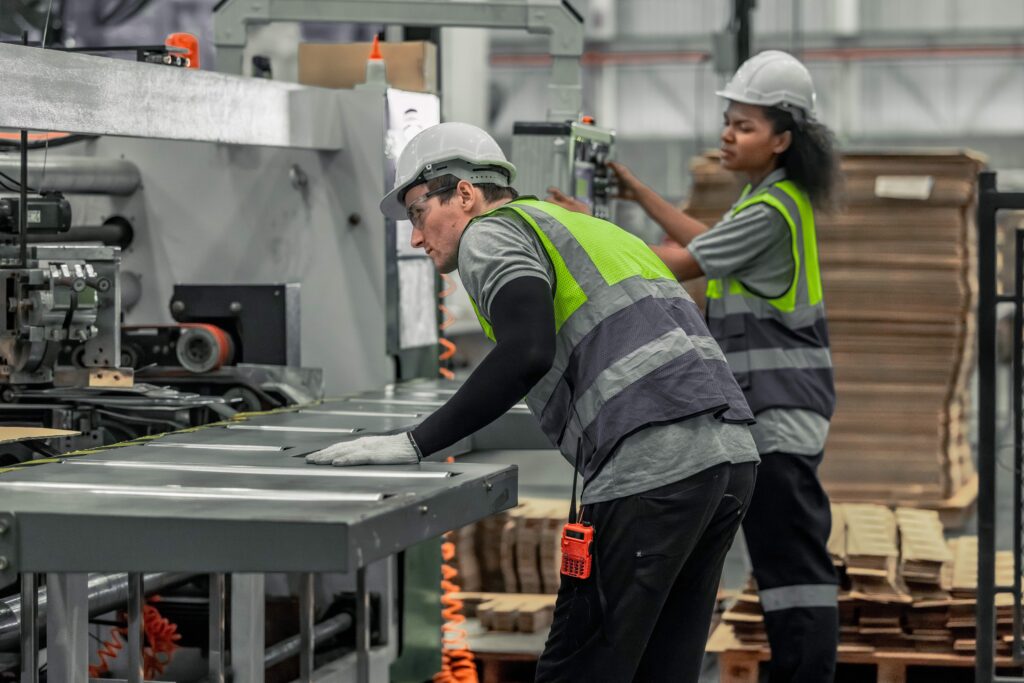As industries continue to evolve, the need for efficient and reliable inspection methods has become paramount. One such method that has proven to be highly effective is Magnetic Particle Inspection (MPI). This non-destructive testing (NDT) technique is widely used in various industries, including aerospace, automotive, and oil and gas, to detect surface and near-surface discontinuities in ferromagnetic materials. With the help of digital workflow procedure builders like FAT FINGER, you can streamline the process of MPI, ensuring that front-line teams perform their work correctly every time.
Understanding Magnetic Particle Inspection (MPI)
MPI is a non-destructive testing method that uses magnetic fields and small magnetic particles, such as iron or iron oxide, to detect flaws in components. The process involves magnetizing the component and then applying the particles, which are attracted to areas with magnetic flux leakage, indicating a defect.

Methodology of MPI
The methodology of MPI involves several steps:
- Magnetization: The component is magnetized using direct or indirect magnetization.
- Application of Magnetic Particles: After magnetization, magnetic particles are applied to the component’s surface.
- Inspection: The component is then inspected under appropriate lighting conditions. The magnetic particles will cluster around any defects, making them visible.
- Demagnetization: Finally, the component is demagnetized to remove any residual magnetism.
Industrial Applications of MPI
MPI is widely used in various industries due to its effectiveness in detecting surface and near-surface defects. Some of its key applications include:
- Aerospace: MPI is used to inspect aircraft components for cracks or other defects that could compromise safety.
- Automotive: In the automotive industry, MPI is used to inspect engine components, axles, and other critical parts.
- Oil and Gas: MPI is used to inspect pipelines and other infrastructure for corrosion and other defects.
FAT FINGER and MPI

FAT FINGER, a digital workflow procedure builder, can significantly enhance the efficiency and reliability of MPI. With features like Drag & Drop Workflow Builder, Mobile & Desktop Workflows, Dashboards, Integrations, Augmented Reality, Connect IoT Devices, and Artificial Intelligence Coaching, FAT FINGER empowers front-line teams to perform MPI correctly every time.
For instance, you can use FAT FINGER to create digital workflows and checklists for MPI, ensuring you follow all steps correctly. This can be particularly useful in industries like aerospace, automotive, and oil and gas, where safety and accuracy are paramount.
Conclusion
Magnetic Particle Inspection (MPI) is a crucial non-destructive testing method used across various industries to detect surface and near-surface defects in ferromagnetic materials. With the help of digital workflow procedure builders like FAT FINGER, you can streamline the process of MPI, ensuring accuracy and efficiency. By integrating FAT FINGER into your MPI processes, you can ensure front-line teams perform their work correctly every time, enhancing safety and operational excellence.
If you’re interested in learning more about how FAT FINGER can enhance your MPI processes, sign up today or request a demo to see it in action.


